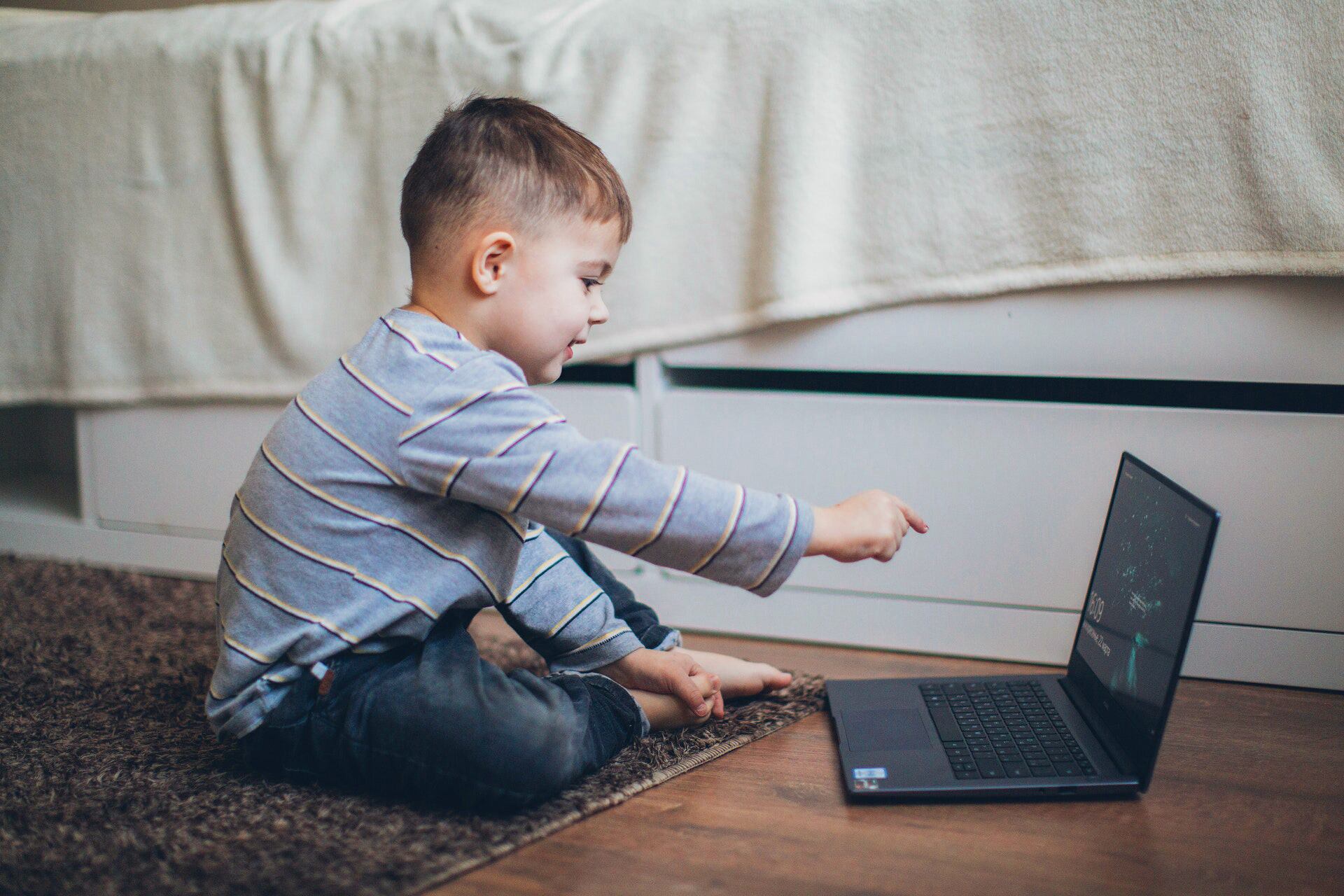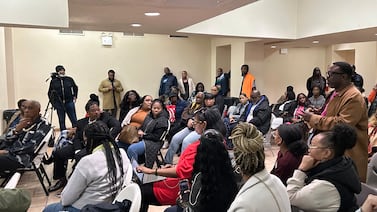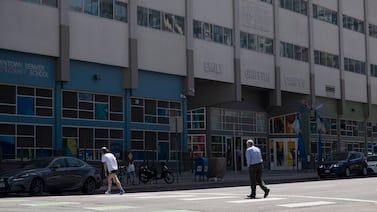As most of the city’s 1.1 million students started their first full school days online this week, many still lacked proper devices to log on — and may not have them for several weeks, according to parents, advocates and educators.
Miscommunication from the education department on how to get new devices has led to more confusion and delays, several principals said. One Bronx elementary school had nearly 60 unfulfilled device requests, while more than three dozen students at a Washington Heights school still lacked devices, their principals said. Another Lower East Side principal said 40 of her students – mostly newly enrolled children – still needed devices. Some families have been waiting for more than two months since requesting devices.
It’s been nearly two weeks since Stephanie Taylor requested a device for her preschooler, who is on the autism spectrum and attends a pre-school in Queens run by a community-based organization. His class uses software that his mom’s old laptop can’t support, so he’s using her cellphone for now.
“I try to be understanding that we are dealing with unprecedented times, but when you have a child with special needs, it’s kind of upsetting,” said Taylor, who quit her receptionist job last January to help coordinate his therapies and is getting by on public assistance. “I can sort of sense the frustration from the school not getting the support they need from the higher ups in the [education department].”
The education department suggested that they had nearly enough devices for every student in the system with a total of 950,000 tablets and laptops in the system. That accounts for 500,000 school-owned devices, 35% of which went home to families in need of devices for remote learning. In the spring, the education department distributed more than 320,000 iPads with built-in internet connection and have about 20,000 iPads leftover. Another 106,000 devices that schools ordered since the spring should arrive soon, education officials said.
But different schools may have different stockpiles and have varying needs. Some school leaders said they are now having trouble retrieving some of the devices they handed out in the spring and with redistributing city-issued iPads to those who need internet connection. Others need to replace broken tablets or laptops, while some are trying to keep a stock of devices at the school for students participating in blended learning for what they might be doing when they’re on campus.
Meanwhile, device-less students are using cell phones, devices with cracked screens, borrowing what they can from relatives or resorting to paper packets, they said.
Randi Levine, policy director at Advocates For Children, said her organization has spoken to families who are “doing their best” using cell phones with limited data plans. One child goes to a grandmother’s home for internet connection but cannot travel there every day. Her organization is still hearing from children living in homeless shelters whose city-issued iPads cannot connect to the internet.
“We’re very concerned that some children are not able to log on and participate as the school year gets underway,” Levine said.
The education department in late July tasked principals with collecting and redistributing the department-issued internet-enabled devices given out in the spring. For those who still come up short, their schools must now pay for new devices out of their own budget, though the department said schools can request iPads leftover from the spring. The new guidance was sent multiple times to school leaders, but principals believe it was buried within reams of other guidance this summer. They said they didn’t learn of the change until parents began asking in August where their requested devices were, prompting many to place orders for tablets and laptops.
Chancellor Richard Carranza said this week families should continue to let schools know of their device needs, and the department continued to work closely with schools on the issue.
“We will not let a student that needs a device, not have a device,” Carranza said.
A Bronx principal, unauthorized to speak publicly, described some of the challenges her school is currently facing, as dozens of new pre-K and kindergarten students need devices, as well as about a dozen children in other grades. She worries that many of these children might have nothing but a parent’s cell phone to use this month, if that, so teachers are helping those students attempt logging onto Zoom or are creating paper packets for them.
The principal has been trying to chase down some of the devices she handed out in the spring. She learned one student took a device with her when she moved to Michigan. Two other students left for charter schools and have asked to keep their device until their charter school gives them one, while some families had received both a school device and a city-issued iPad.
Earlier this month, the education department asked schools how many devices they needed that they couldn’t supply on their own. After receiving little word from the department about her request for 60 devices, she ordered 100 iPads using Title I money, which she said she was not authorized to spend until the start of the month. Those devices, however, won’t come for another few weeks.
Then on Tuesday, the principal received an email from the education department, informing her that a shipment of city-issued iPads would arrive Wednesday. Even though she already used her school’s limited budget to buy others, she’s hopeful they will still come in handy at some point.
Julie Zuckerman, the principal of Castle Bridge School, an elementary school in Washington Heights, said she asked the education department for 50 iPads from its remaining cache of 20,000. She expects the request will be fulfilled, but has received no information on how long that will take. The school also earlier this month ordered 45 Chromebooks, which may not be delivered until November.
Her teachers are readying paper packets for students who will have no alternative, she said.
The delay has meant that some students haven’t logged on to these early days focusing on building relationships with new teachers.
Last week, a student at a Lower East Side school who hadn’t joined orientation sessions for two days finally logged on when his older sister did not have to use their shared device, according to his principal, who was also not authorized to speak with the press.
“I don’t know if that’s something he’ll be able to do all week,” she said.
She is not expecting to have the 90 devices she ordered for at least another three weeks.
The Bronx principal said parents are channeling their frustration at her because they don’t have devices. While she believes the delay is the result of the education department not communicating clearly with principals, she recognizes that none of that matters to students who don’t have a laptop or tablet that works.
“There is already this mistrust of school being a place where you don’t have resources,” she said. “I’ve always ensured our kids have resources, and this just looks irresponsible and, I feel like, [it’s] another blow to public education.”






